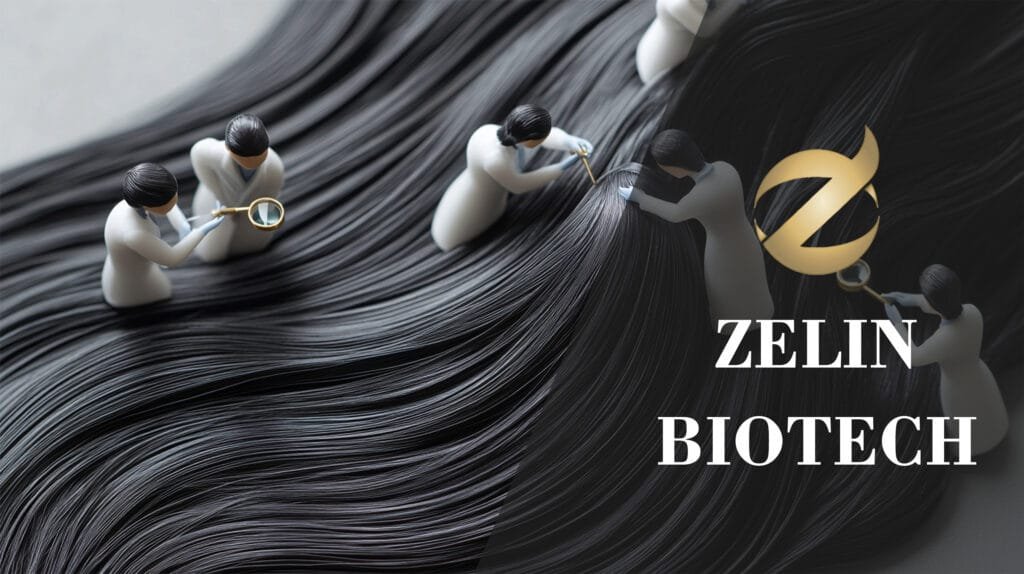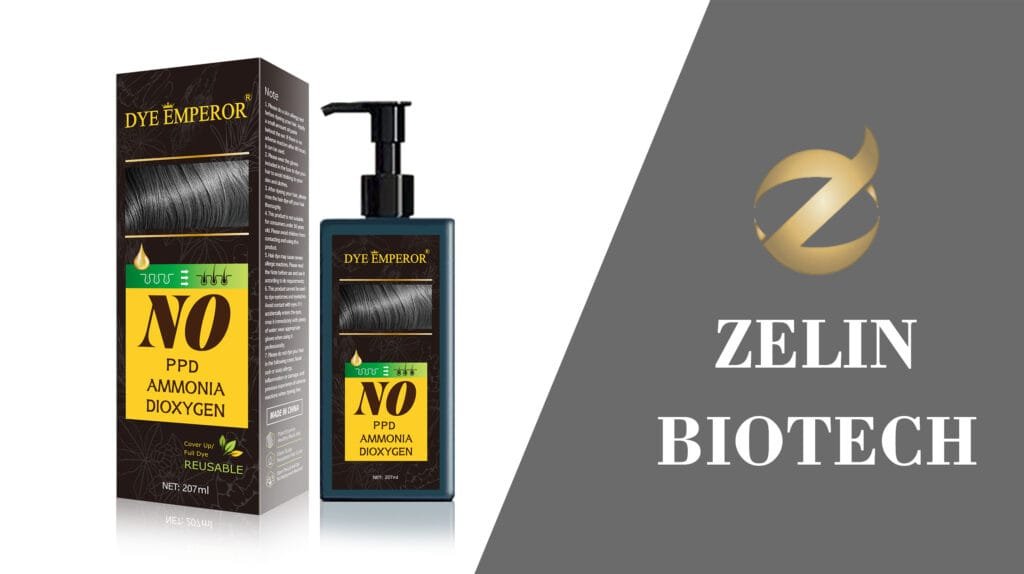chieving vibrant, salon-quality hair color at home is a matter of strategy, not chance. It requires meticulous preparation, a precise technique, and a high-quality product. This guide provides a professional, step-by-step methodology for an impeccable at-home coloring experience, ensuring predictable and beautiful results.
Strategic Preparation Before You Dye Your Hair at Home
These initial steps are non-negotiable for ensuring color accuracy, protecting your hair’s integrity, and streamlining the application process.
Select Your Shade with Precision: For the most harmonious, natural-looking results, select a color within two levels of your current shade.
Execute the 48-Hour Patch Test: This is a critical safety protocol. 48 hours prior to application, mix a small amount of the formula and apply it to a discreet patch of skin. If any irritation occurs, discontinue use.
Prepare the Canvas: 24 hours before coloring, wash your hair with a clarifying shampoo to remove any product residue. Do not apply conditioner or styling products afterward.
Establish Your Workspace: Drape an old towel over your shoulders. Apply a barrier cream to your hairline, ears, and neck. Put on the provided gloves.
How to Dye Your Hair at Home: The Application Method
Follow this sequence for a clean, even, and predictable color application.
Step 1: Ensure Sufficient Product: For hair that is shoulder-length or longer, or particularly thick, using two kits is advisable to guarantee full saturation.
Step 2: Review Instructions & Prepare the Formula: Thoroughly review the manufacturer’s instructions before mixing the colorant and developer.
Step 3: Section Hair for Control: Apply color to dry hair. Create four clean, manageable quadrants.
Step 4: Prioritize the Root Application: Begin application in the back quadrants, starting at the root. Roots require the longest processing time.
Step 5: Distribute Through Mid-Lengths and Ends: Once the root area is saturated, work the remaining formula through the rest of the hair.
Step 6: Allow for Uninterrupted Processing: Let the color process with your hair down and loose. Adhere strictly to the recommended timing.
Step 7: Rinse, and Seal the Cuticle: Rinse hair with lukewarm water until it runs clear. Apply the post-color conditioner to seal the cuticle and lock in color molecules.
Beyond Technique: Why the Kit Itself Dictates Your Result
The outcome of an at-home color application is not solely dependent on technique. The design and formulation of the kit itself are the dominant factors in the user experience.
A key point of failure in many kits is a low-viscosity formula. Thin, watery dyes are prone to dripping, creating a messy environment and, more importantly, leading to uneven application. The foundation of a superior kit is a non-drip cream formula. Its higher viscosity provides control, ensuring the product stays precisely where it is applied for full, uniform saturation.
Beyond the formula, the components themselves signal a brand’s commitment to quality. A truly premium kit is curated to anticipate user needs and prevent errors. This includes professional-grade, non-rip gloves, an expertly formulated post-color treatment to restore hair’s integrity, and thoughtful additions like a dedicated wipe for removing accidental skin stains. These are not luxuries; they are essential elements of a well-engineered, foolproof system.
Common Pitfalls in At-Home Hair Coloring
Bypassing the Safety Protocol: Neglecting the 48-hour patch test exposes you to unnecessary risk.
Attempting a Drastic Color Transformation: At-home kits are designed for subtle shifts.
Under-Saturating the Hair: This is the primary cause of patchy results and is often due to not purchasing a second kit for long or thick hair.
Applying to Unprepared Hair: Applying dye to wet or product-laden hair compromises its effectiveness.
Neglecting the Barrier Cream: Skin staining is an amateur mistake that a good kit helps you avoid by either including a barrier cream or a stain-remover wipe.
For Brand Leaders: Engineer a Market-Leading Hair Color Kit
For brand leaders and product managers, the user experience is a direct reflection of brand promise. A thoughtfully engineered at-home hair color kit is a powerful tool for building consumer trust and market authority. At Zelin Group, we specialize in manufacturing custom hair color systems that eliminate user frustration and deliver a premium, reliable experience.
Advanced “Foolproof” Formulations: We provide access to sophisticated non-drip cream formulas that make application clean, controlled, and simple for the end-user.
Premium, Curated Components: Differentiate your brand. We will collaborate with you to build a private label kit with value-added components that drive user satisfaction, including salon-quality application combs, durable non-rip gloves, protective ear covers, and full-coverage shoulder capes.
Intelligent, User-Centric Packaging: We design for clarity. From pre-portioned “quik dye” packets that eliminate guesswork, to applicator bottles with precision tips, our packaging solutions are designed to make the process intuitive and error-free.
FAQ: Common Questions About How to Dye Your Hair at Home
What is the recommended frequency for re-coloring?
A 4-6 week cycle is standard for maintaining root coverage and color vibrancy without overly taxing the hair.What essential materials are required?
A high-quality kit will be comprehensive, but an old shirt and towel are indispensable for protecting your clothing and surfaces.What is the best practice for long-term color maintenance?
Employ shampoos and conditioners specifically formulated for color-treated hair. These products have a lower pH and fewer stripping agents. Additionally, minimize exposure to very hot water.
Contact Zelin Group today to discuss the strategic manufacturing of a custom at-home hair color kit that will earn market share and build your brand’s reputation for excellence.




